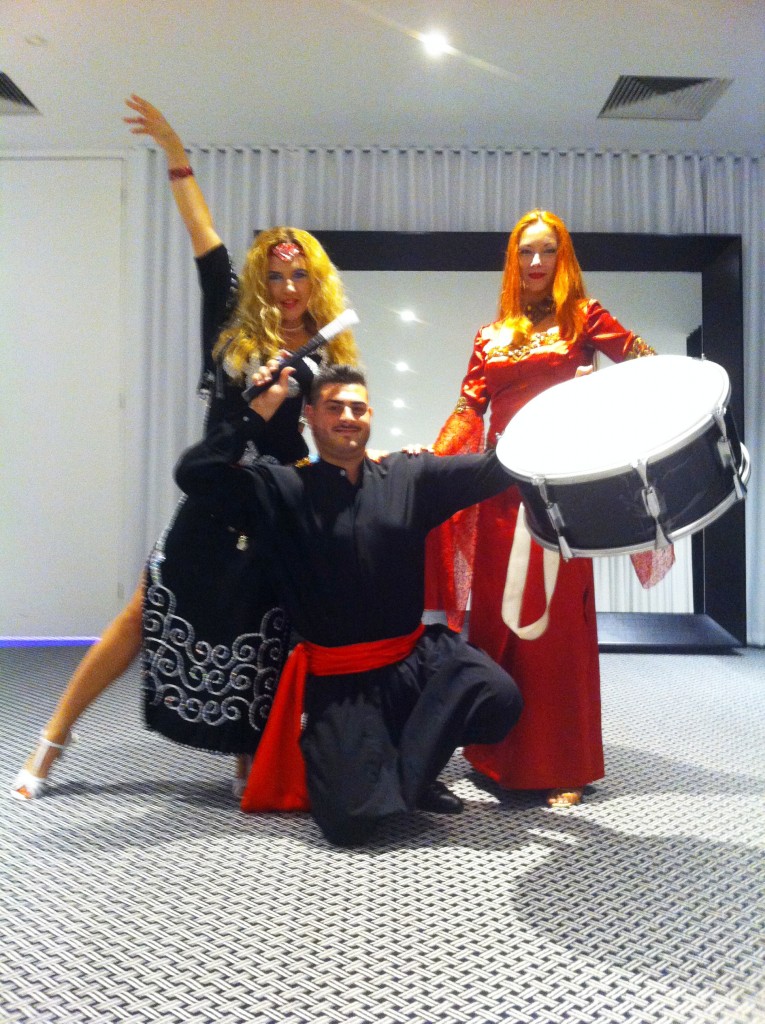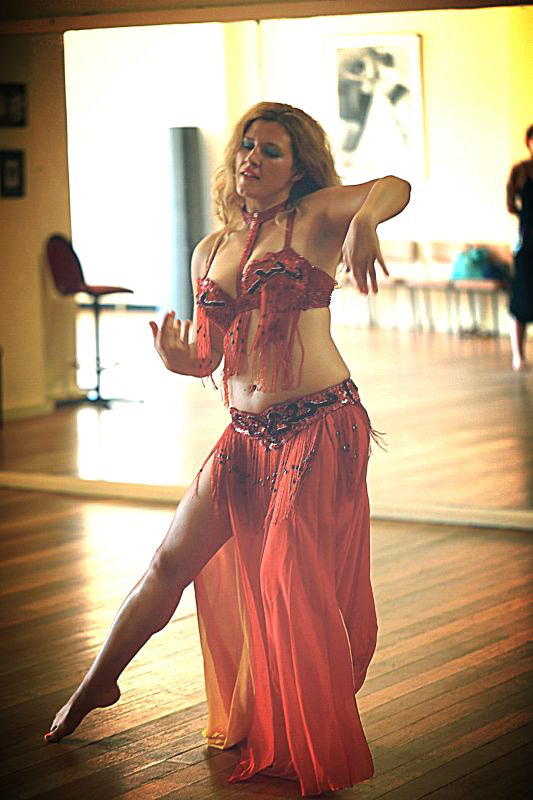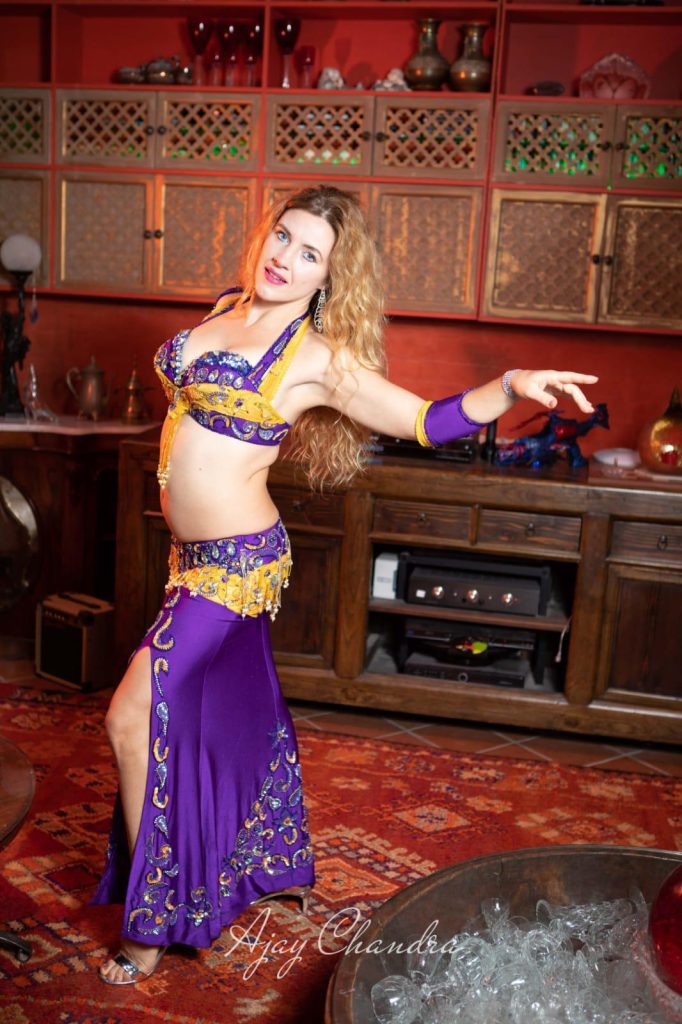Turkish belly dance, also known as “Oryantal Dans,” is a captivating and expressive form of dance that has enchanted audiences for centuries. With its dynamic movements, vibrant energy, and rich cultural heritage, Turkish belly dance holds a unique place in the world of dance. Origins of Turkish Belly Dance The roots of Turkish belly dance date back to ancient times, influenced by the diverse cultures that passed through Turkey, including the Middle East, North Africa, and Central Asia. While belly dance as a whole has ancient ties, Turkish belly dance evolved into its distinct style during the Ottoman Empire, where it was performed in royal courts and festivals. Turkish belly dance has since become popular worldwide, thanks to its lively nature and its role in preserving cultural traditions. It blends elements from folk dances and classical dance forms, creating a unique combination of fluidity and sharp, rhythmic movements. Key Movements in Turkish Belly Dance The Music Behind the Dance Turkish belly dance is accompanied by traditional Turkish music, often characterized by fast, upbeat rhythms that match the energetic movements of the dancer. Instruments like the darbuka (a type of drum), oud (a string instrument), and zurna (a wind instrument) are commonly used to create the lively, rhythmic sound that defines the dance. Modern Influence and Global Appeal Today, Turkish belly dance continues to evolve, blending traditional movements with modern interpretations. Its appeal has spread far beyond Turkey, with dancers all over the world studying and performing this energetic style. Whether performed at weddings, festivals, or professional shows, Turkish belly dance remains a celebration of movement, music, and culture. In essence, Turkish belly dance is more than just entertainment — it’s a living tradition, a connection to the past, and an expression of joy and artistry..




